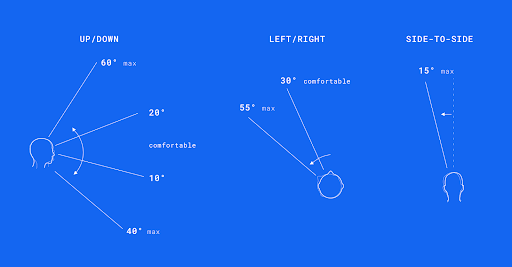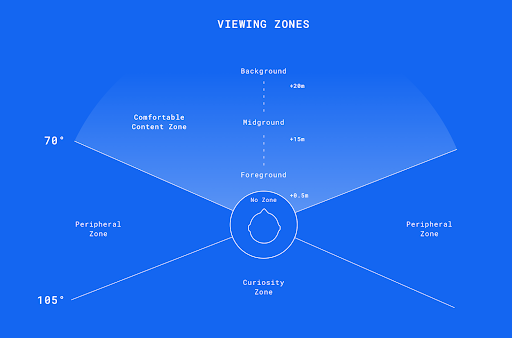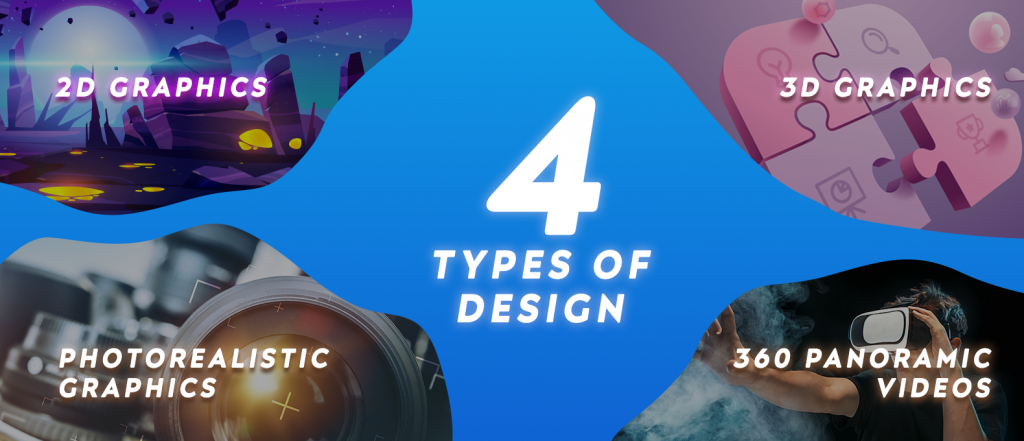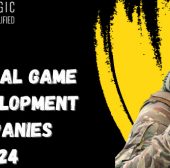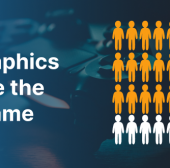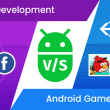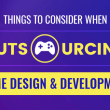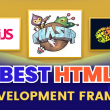Video Games have become a big market for Virtual Reality (VR) development. The constraints a few years ago because of device and hardware limitations are quickly disappearing now, allowing developers to build VR games and players to enter the screens (well, not literally) using HMD, HUD, etc. If we talk about 2019, the global market size of VR games was valued at $11.56bn. The estimated compound annual growth rate (CAGR) of 30.2% from 2020 to 2027 speaks volumes about how much the global gaming industry is going to incline towards VR in the near future to improve player engagement and to provide immersive involvement. Some of the best VR games available to play now are Beat Saber, EVE: Valkyrie - Warzone, Tetris Effect and The Climb. You can play these games using virtual accessories like HTC Vive, Oculus Rift, PlayStation VR, Windows Mixed Reality, Rift S, etc. As VR is increasingly gaining ground in game development, it’s indeed a good idea to invest in VR game developers and eventually enjoy high ROI. Let me show you the side of what goes in building VR games.
What it takes for VR game development
Beginning with the tech stack, Unity and Unreal Engine are the two most popular game engines which Virtual Reality game developers are currently using to build enthralling VR games. Well, one big reason why Unity and Unreal are among the top choices for VR game development is they both are supported by most VR devices, which expands the market reach. However, both Unity which uses C# and Unreal which uses C/C++ have a steep learning curve. Many gaming businesses in the world are dealing with this by outsourcing to VR game developers in India who are highly-skilled and have hand-on experience of using those game engines for building VR games. Blender is a great tool for creating a 3D pipeline with modeling, rigging, animation, simulation, rendering, composing, and motion tracking. 3ds Max and Maya are also popular for 3D modeling and rendering.
OSVR/OpenVR is a project that helps developers detect, configure, and operate VR hardware which is a great way to use headsets and controllers from all vendors with any game or other VR software. For web-based solutions, WebXR Device API provides the capability to find compatible VR output devices, render a 3D scene to the device at an appropriate frame rate and create vectors representing the movements of input controls. Then there are many SDKs available for VR game development like PSVR dev kit, Oculus SDK, Google VR SDK and more.
Also read 5 best Playstation VR games created by virtual reality development companies.
Now, let's learn about two important factors to take into consideration while building VR games.
VR Games are highly sensitive
The techniques to build a VR game are very different from that of single-screen games. Since VR games aim at the user's literal immersion in the environment, there could be few things that can confuse the brain of the users and make them feel nauseated. It could happen when a user is wearing a VR headset and experiencing the environment that is moving but the body is stationary. One way to solve this problem is to provide a fixed reference point, such as a horizon line or a dashboard that stays with players as they move. Also, when designing a VR game it’s important to provide environmental comfort, so a virtual space that you create shouldn't be too big as users may get lost and shouldn't be too small as users may feel claustrophobic.
Below diagrams illustrate the comfortable range of motion and viewing zones.
Source: Mike Alger, Alex Chu
Good Performance Optimization
Good performance optimization is a must for VR games. The frame rate should not go below 60 FPS as it can cause nausea or motion sickness. The target should ideally be 90 FPS which is challenging because of the unique overhead created by a VR headset and controls. So, it becomes important to strongly optimize your VR game and provide players high-fidelity VR content that doesn’t look fake.
Four Types of Graphics Used in VR Game Development
It’s not too costly to design your VR game in 2D and 3D, but photorealistic and 360 panoramic graphics are on a little expensive side especially if you want to imitate nature and add interactive elements. VR mostly requires designing skills, environment artists and 3D modelers which is why it’s highly recommended to get a VR game done by a professional game art studio which has skilled resources for VR game design and development.
As far as the target devices are concerned you can choose from light mobile VR, premium mobile VR, PC VR-headsets, standalone solutions like Oculus Go and console VR like Sony Playstation VR. Unity and Unreal Engine have all the capabilities to build VR games for all the above target devices. VR game creation has its own challenges which is why it’s important to start with a very simple prototype (MVP) and test it early so that you head in the right direction from the beginning. Don’t underestimate testing as you develop your VR game. Another thing that heavily factors in the success of your VR game is how you build the difficulty levels for players. As VR is still a new concept for many players, it becomes important to provide players enough time to familiarise themselves with the environment and the controls and then make things complicated for them. With continuous and fast improvement in the hardware, it’s now possible for VR game app developers to optimize the rendering of design and architecture. For the technology part, there’s a wide range of game engines, tools, SDKs and libraries to choose from for building the next VR mania. Logic Simplified can help you not just build a VR game but tell you what will work for you based on industry trends and competition landscape.
Why Choose Logic Simplified for VR Game Development?
Logic Simplified has been providing game development services for more than nine years now. At Logic Simplified we have always embraced new technologies to provide gaming experiences that modern gamers expect from video games of today. And, Virtual Reality games are no different. Our passionate team of game designers, 2D/3D modelers, animators, developers, testers and SMEs can help you convert your VR game idea into a reality by using technologies best suited for your game. With our rich experience in the gaming industry, we are in a very good position to tell you what works in the gaming industry and what doesn’t which turns out to be a big differentiator when it comes to making a VR game profitable. We do a high level of brainstorming and prototyping to ensure that the immersive experience of looking around is exclusive. Our skilled VR game developers use various methods to optimize lighting and performance so that the camera renders only what is visible. One way to that is using baked lighting instead of costly dynamic light and use of occlusion based culling. There’s a lot of things that go in VR game development and we can tell you all once we understand your game, scope and requirements. Get in touch with us by writing at enquiry@logicsimplified.com and we will get back to you shortly to provide you VR gaming solutions that fit your game the best.
 Get a Quote
Get a Quote


